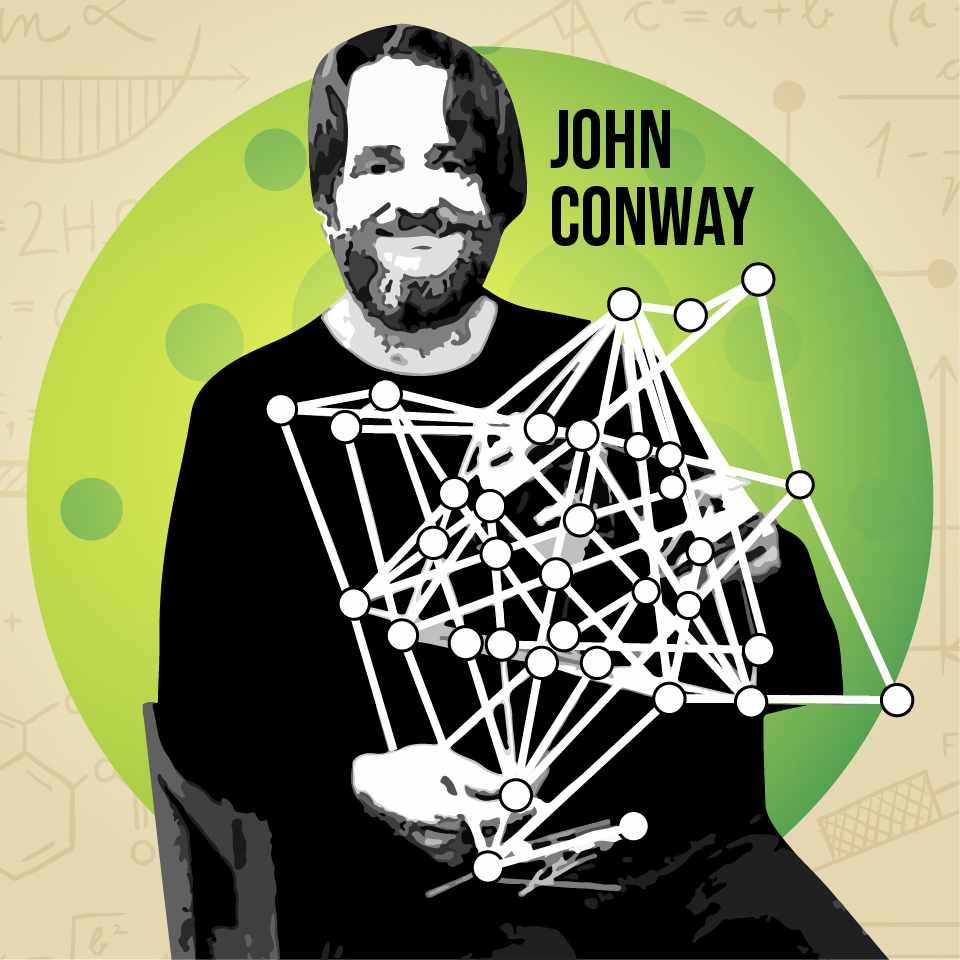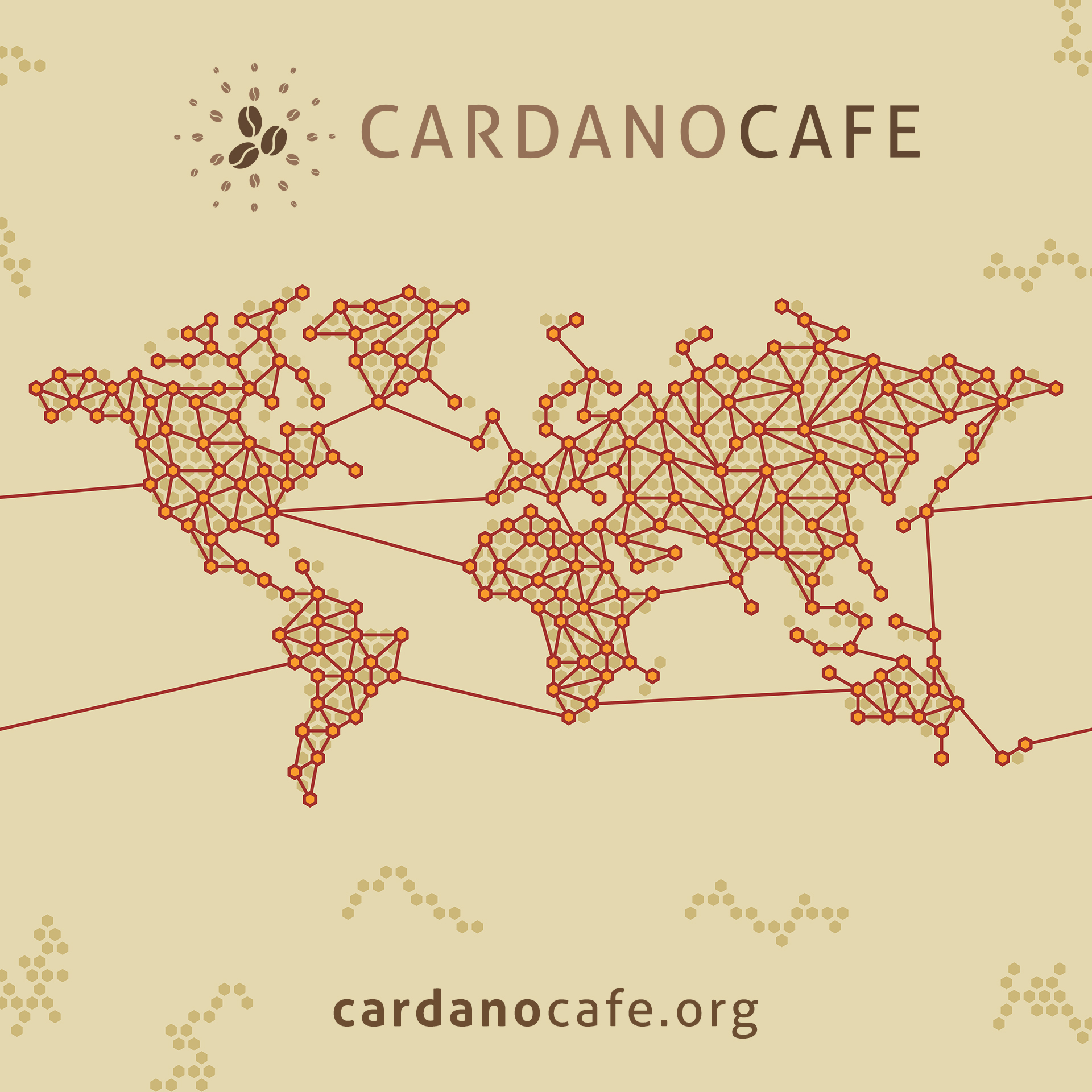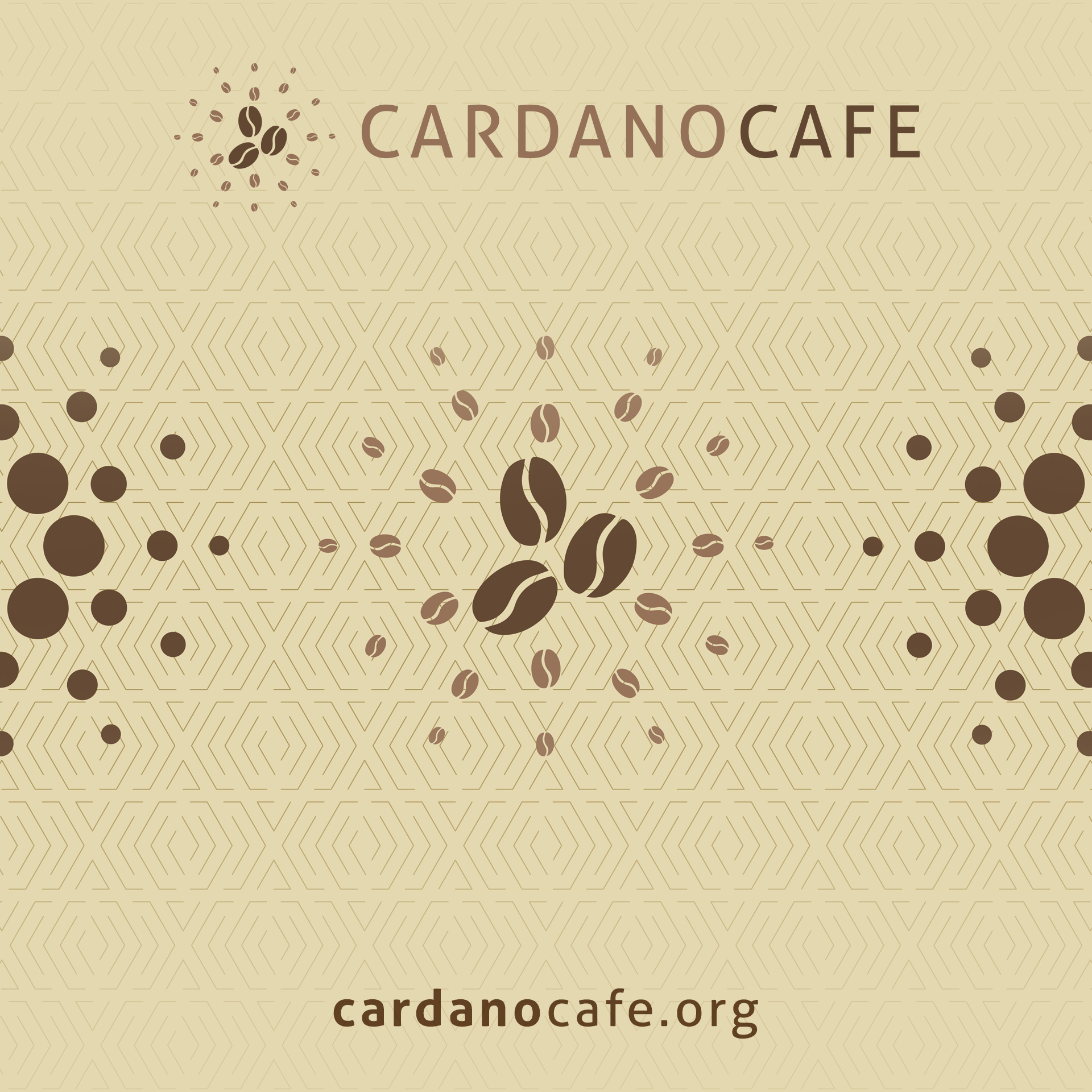
Cardano Development Update
We are now entering the latest Cardano Era, “Conway”, named after the brilliant modern mathematician, John Conway. In this post I will highlight John Conway’s contributions to math and computer science, and also give a brief overview of how this latest era will move Cardano into position to become the “Internet of Blockchains.”
Let's face it: Cardano has always been about possibilities and new horizons.There is no doubt that complacency is not one of Cardano's attributes. We are about to enter the Conway Era of Cardano which represents a highly technical shift towards interoperabiity with other blockchains. In the following paragraph I have attempted to summarize the technical purpose of the new era.
The latest Cardano Upgrade Event, (CUE), which has been named "Protocol Version 8", will place the Cardano ecosystem in position to be the "Internet of Blockchains", an incredible upgrade with far reaching possibilities. The upgrade will offer support for SECP256k1, the "elliptical curve", that other blockchains use for security. Whereas blockchains such as Bitcoin and Etheruem use SECP256k1, Cardano uses Curve 25519. These eliiptical curves can be seen as separate languages, and the Protocol Version 8 upgrade will provide a built in ability to communicate with, or to understand, the SECP256k1 language. Cardano Stake Pool Operators will be uprgading their nodes to version 1.35.4 in order to comply with this new upgrade. The tentative release date is set for early February*. Hats off to Chris for undertaking this latest advancement.
*(I upgraded my Daedalus Full Node interface to version 1.35.4 earlier this week.)
Sidechains are defined as "a blockchain that functions independently of the mainnet". A mainnet is the term for th "parent blockchain", and it is used to describe when a blockchain protocol is fully developed with verified transactions being run. Sidechains enable mainnet networks to scale more effectively. So this upgrade will offer new cross-chain opportunities to developers while building on Cardano. To that effect the Cardano team is preparting a software toolkit to enable these new possivilities. In fact in-house Cardano team programmers have already used the tookit to build a public testnet that is EVM (Ethereum Virtual Machine) compatible. This will allow deployment of Dapps, smart contracts, and transference of tokens across testing chains.
John Conway represents the everything that Cardano stands for and emulates. He was born in 1937 in England and became interested in Mathematics at an early age and made it his ambition to become a mathematician by age 11. After having lived a "painfully introverted" childhood, he attended Cambridge and transformed himself into "the world's most charasmatic mathematician". His contributions to modern Game Theory and computer science are almost incomprehensible to an average person like me. His publications span the last 50 years and address a myriad of mathematical studies.
Conway moved to the United States and held the John vom Neumann professorhip at Princeton University until his untimely death in April 2020 at age 82 due to having developed complications from the Covid 19 virus. His studies covered a broad spectrum of advanced mathematical theories such as finite groups, knot theory, number theory, combinatorial game theory and coding theory. Interestingly he also made contributions to recreational math studies and was the inventor of the cellular automaton called the Game of Life.
John Conway's books have titles such as: "On Numbers and Games", "The Book of Numbers", "The Symmetries of Things", "Sphere Packings, Lattices, and Groups", "The Atlas of Finite Groups", and "Winning Ways For Your Mathematcial Plays". One of the titles that caught my eye is "Quaternions and Octonions", neither term being anything I had ever heard about before. The book "investigates the geometry of quaternion and octonion algebras..." , whatever that means. He invented a new system of numbers, "surreal numbers", and also invented nomenclature for exceedingly large numers known as the Conway chained arrow notation. He also created a system for describing polyhedra called Conway polyhedra notation.
Nothing of a mathematical nature seems to have been beyond Conway's scope of thought. He even invented an algorithm for calculating the day of the week called the Doomsday Algorithm. He actually programmed his personal computer to quiz him on this calculation every time he logged in. He could do the calculation in less than 2 seconds. Conway's brilliance was an everyday experience for his colleages and students. In fact a colleague of mine who revered Conway and attended a number of his lectures said that it was a measure of a person's intelligence to see how immediately they recognized the mind boggling genius that Conway possessed.
So the Conway Era of Cardano is now in place, and once again we are given a towering figure of intelligence and competence to be in awe of.

|
written by: Eric Hill published at: Feb 4, 2023
|

Cardano Development Update
Dec 10, 2021, by Chris

Cardano Development Update
May 11, 2021, by Eric Hill

Cardano Development Update
May 2, 2021, by Eric Hill